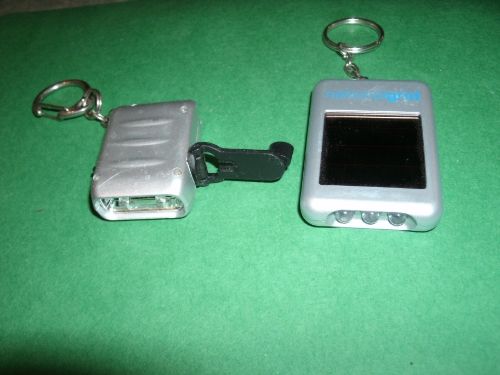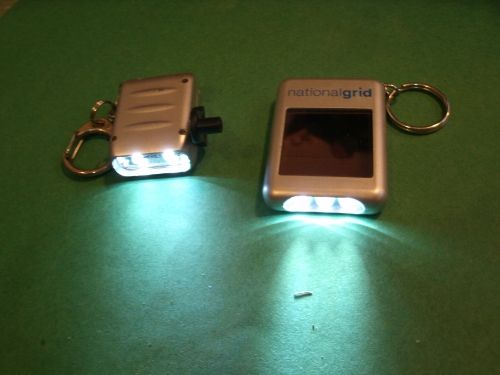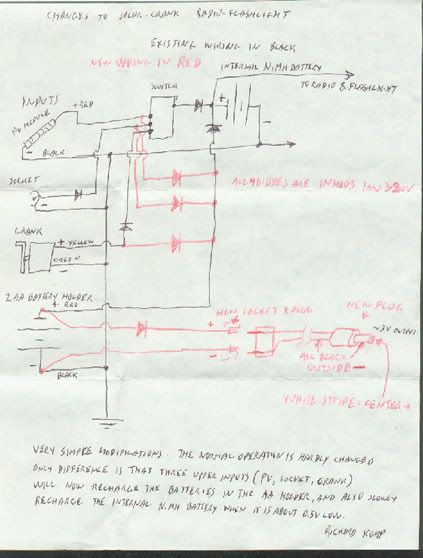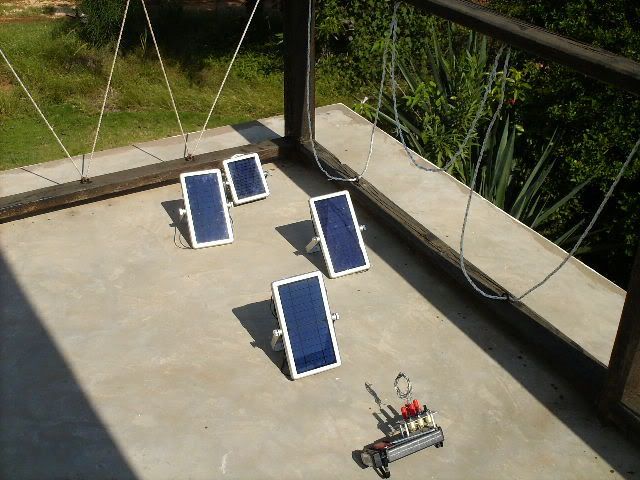After much thinking, I have arrived at a definition of "Swadeshi" that perhaps best illustrates my meaning. Swadeshi is that spirit in us which restricts us to the use and service of our immediate surroundings to the exclusion of the more remote.
Speeches and Writings of M. K. Gandhi, 1919 (
http://members.tripod.com/~anusandhan/articles/article1.html)
Gandhi was a middle-aged man when he first asked his wife Kasturba to teach him to use the spinning wheel. Once he had mastered the wheel, he practiced spinning every day for the rest of his life. Home-spinning became a symbol for independence and self-reliance throughout India under his encouragement and direction.
(
http://www.yale.edu/ynhti/curriculum/units/1998/3/98.03.05.x.html)
Gandhi would spin for an hour each day, usually producing a hundred yards of thread, and helped develop a simple spinning wheel (charkha) that allowed many to do the same. He believed that spinning was the foundation of non-violence. I believe this type of practical labor has to be the core of any sustainable ecological action.
We need a solar swadeshi, an ecological practice on a daily basis that allows us to live within our solar income. Gandhi used the charkha, the spinning wheel. What would be an ecological charkha, a solar charkha? I suggest a hand cranked, pedalled, or treadled dynamo. Work it for 30 minutes a day and generate watts and watts of electrical power for your own use or to put back into the grid for the benefit of others. Solar swadeshi. Hand-made electricity. 21st century khadi cloth. Real electrical power to the people. True energy independence with minimum waste, at least in terms of generation. Doing what Gandhi did with cloth but now with electricity.
In this "deregulated environment" with oil used as a weapon and national security identical to energy security, direct ecological and economic action toward renewables and away from the nuclear, gas, coal, and oil that we presently use can be a primary political as well as economic act. A treadle/pedal/crank powered generator with a flywheel can be the solar swadeshi, an ecological and economical electrical charkha.
One humanpower is about one sixth horsepower. A healthy person can put out 100 watts of power for hours on end and 300 watts in a sprint. Let's not be batteries in the Matrix but generators in a net metered ecological Network.
The ultimate goal I envision is to meet all electrical non-space-heating and refrigeration needs within the space of one south-facing window (4-10 square feet of photovoltaics) and a half hour to an hour a day's human power. The realistic goal today is most of the electrical load with the exception of refrigeration and space-heating: lighting, TV, audio, computer, phones...
This isn't Edward G. Robinson in "Soylent Green" pedalling a broken down three speed to light one sickly incandescent bulb. This is more like Lance Armstrong powering his energy efficient Spanish villa with a morning workout on his state of the art Tour de France simulator stationary bike and power generator.
from
http://www.swadeshi.org/philos.htmThe essential ingredients of the Swadeshi thought may be summarised as follows :
1. Swadeshi means that which is natural and native to a country and society, but allows scope for assimilation of wholesome and beneficial elements from the outside. This applies to economics as well as politics; culture as well as technology.
2. It is the principle of prefering the neighbourhood over the remote.
3. It commands need-based life, and rules out unlimited consumption as an end.
4. It renews and relies on family, community and society as socio-economic delivery systems. It does not substitute these traditional institutions by the State and the Market.
5. It is not autarky; but a global alternative which accepts only need-based transnationalism.
6. Swadeshi restores economics to its earlier definition which even now the dictionary meaning of economy indicates, namely, practical human needs, frugality, savings, thrift etc. and seeks to remove the latter-day distortion of defining economics as multiplication of wants and efforts to satisfy them, powered by greed.
Stated in simple terms, Swadeshi rejects materialistic and imperialistic homogenisation and aimless transnationalism of the Western assumption. Swadeshi is a multidimensional thought, embracing civilisational, political and economic aspects of human life and presenting an integrated vision of life in harmony with nature.
from
http://www.mkgandhi.org/momgandhi/chap86.htmThe message of the spinning-wheel is much wider than its circumference. Its message is one of simplicity, service of mankind, living so as not to hurt others, creating an indissoluble bond between the rich and the poor, capital and labour, the prince and the peasant. That larger message is naturally for all...
The message of the spinning-wheel is, really, to replace the spirit of exploitation by the spirit of service...
There is no "playing with truth" in the charkha programme, for satyagraha is not predominantly civil disobedience but a quiet and irresistible pursuit of Truth.
NB: I've been thinking about these ideas for quite a few years now. It seems appropriate to be publishing them on Memorial Day. People laugh at Gandhi for his insistence on swadeshi, on "wasting" his time by drawing thread from a spinning wheel but he was doing something fundamental in terms of self-reliance and self-respect on a level so obvious and so deep that most people can not see it at all. This lesson is one we need now more than ever. This practice is something that can generate the beginnings of real economic freedom.







